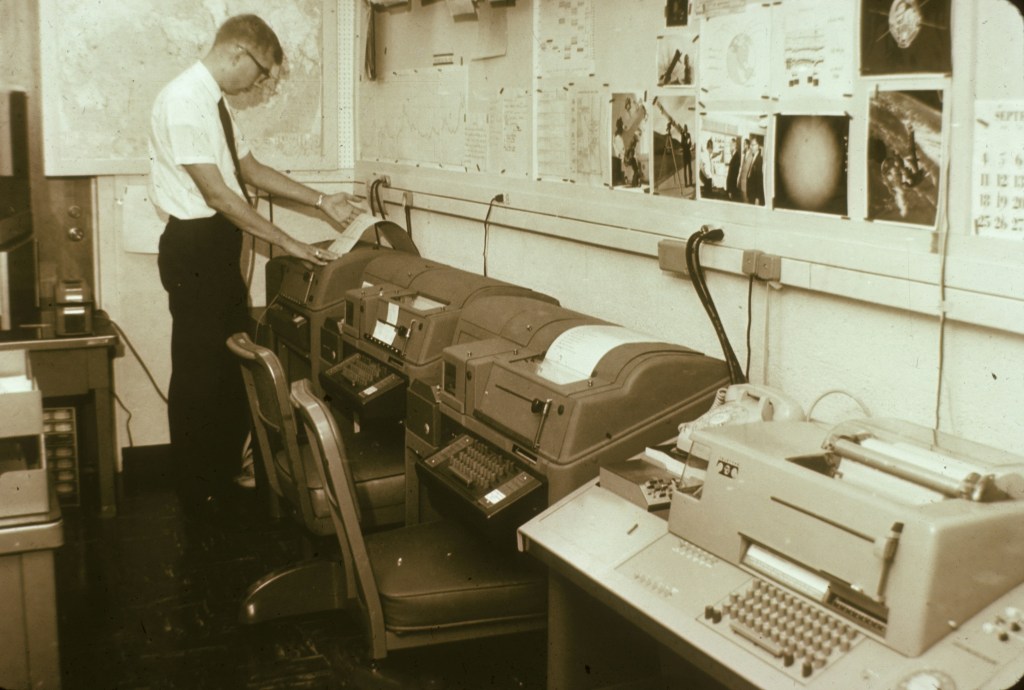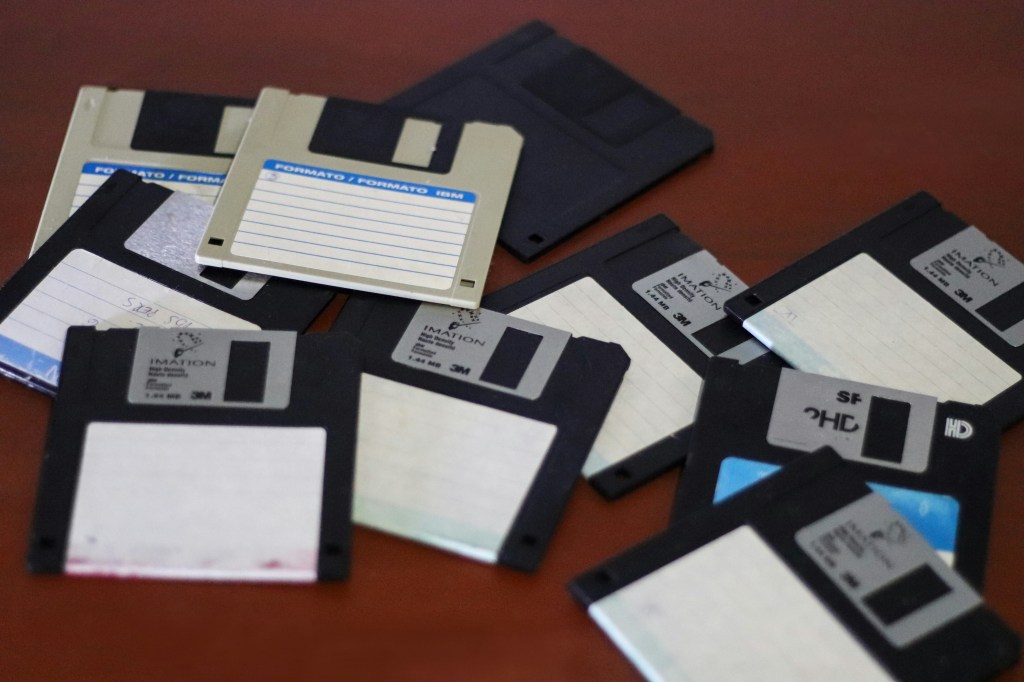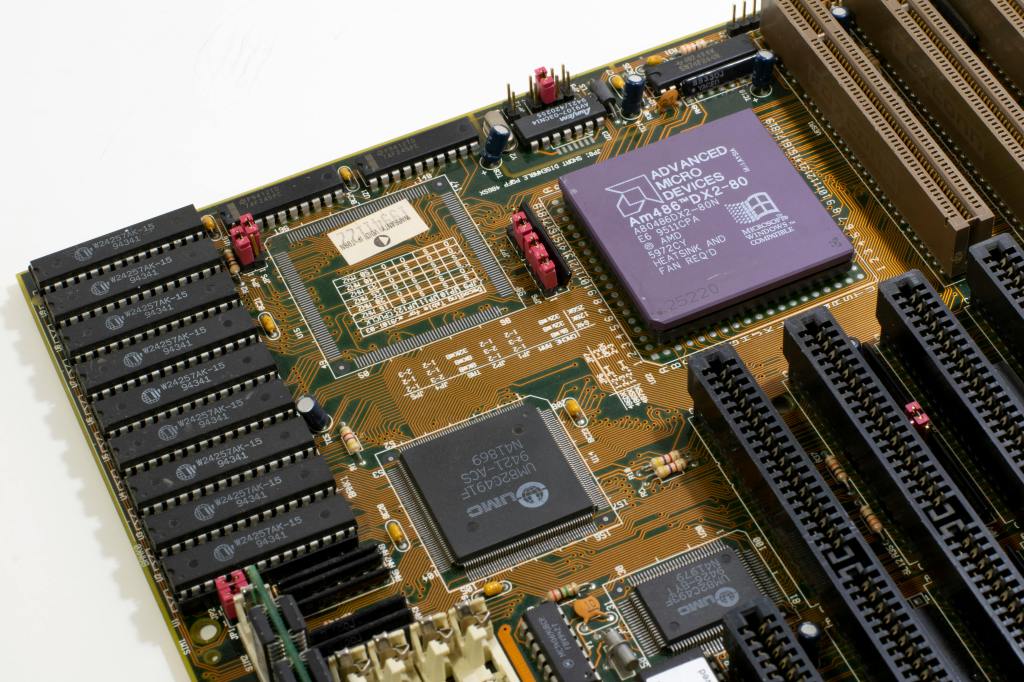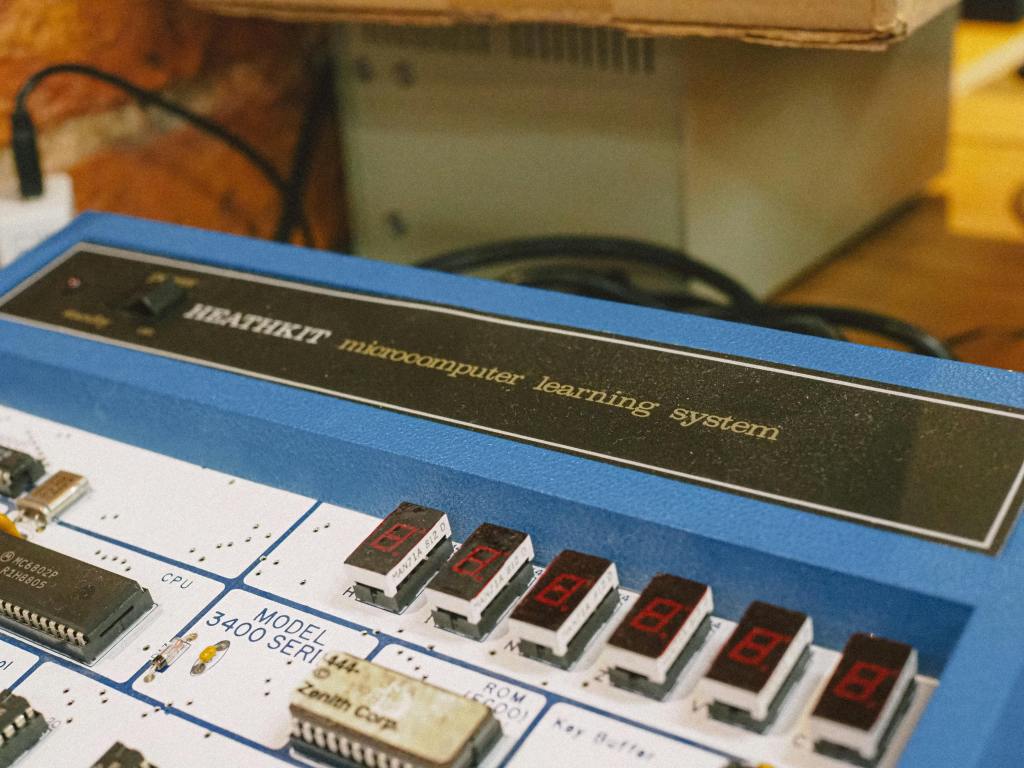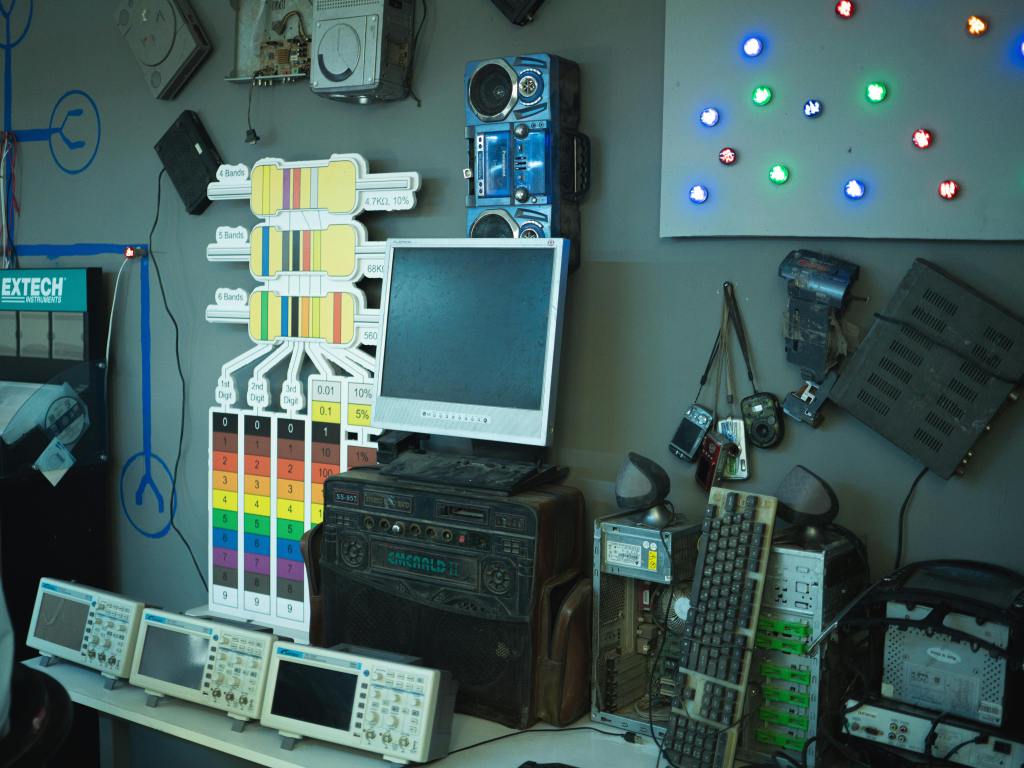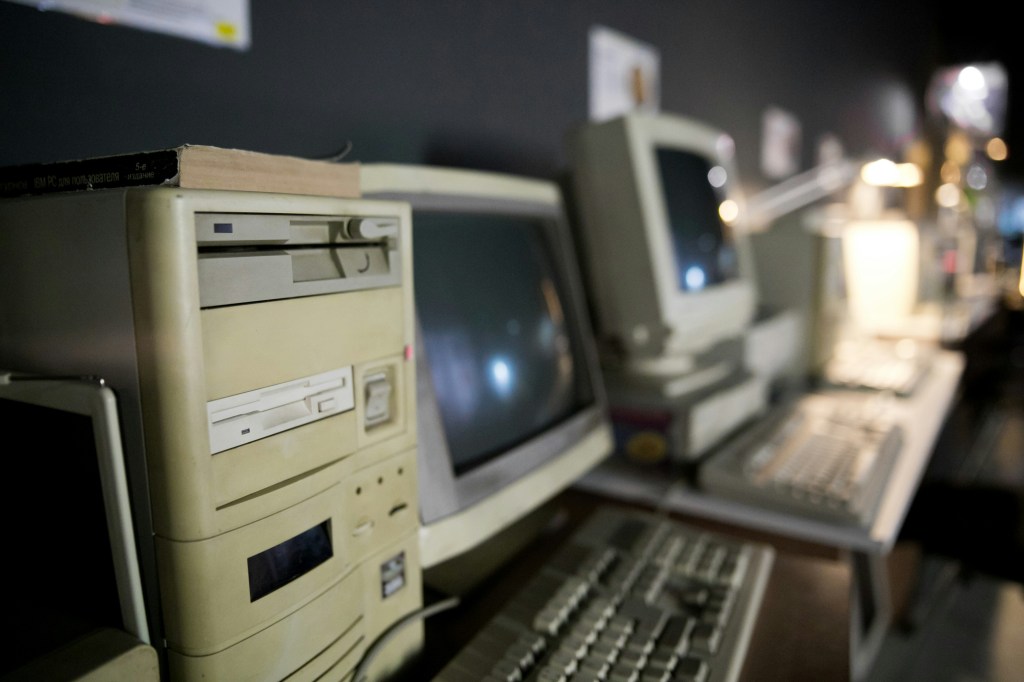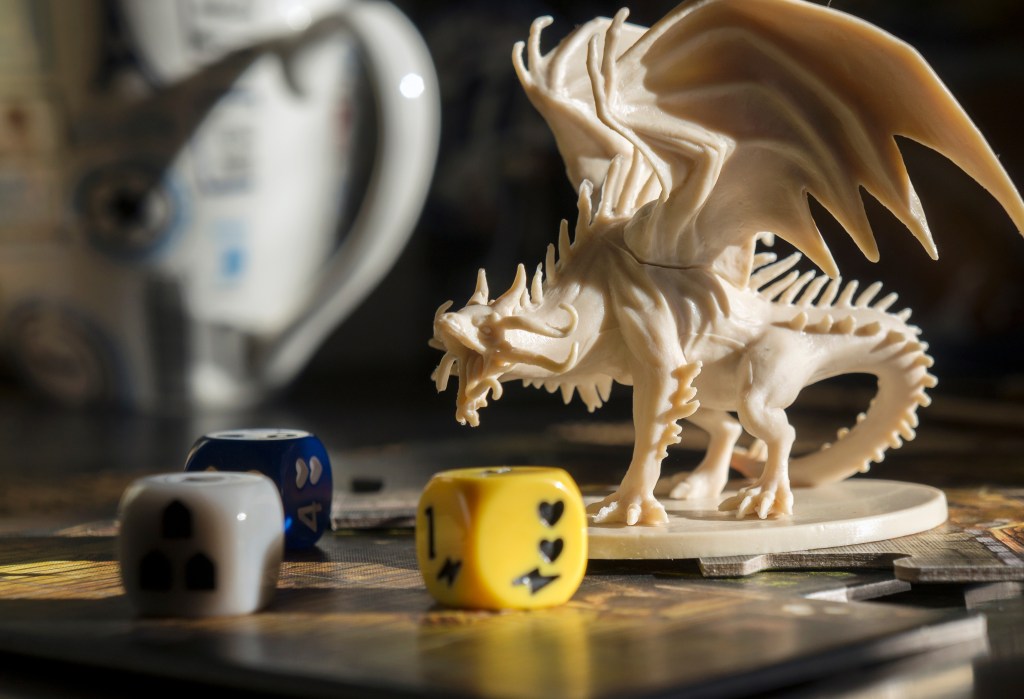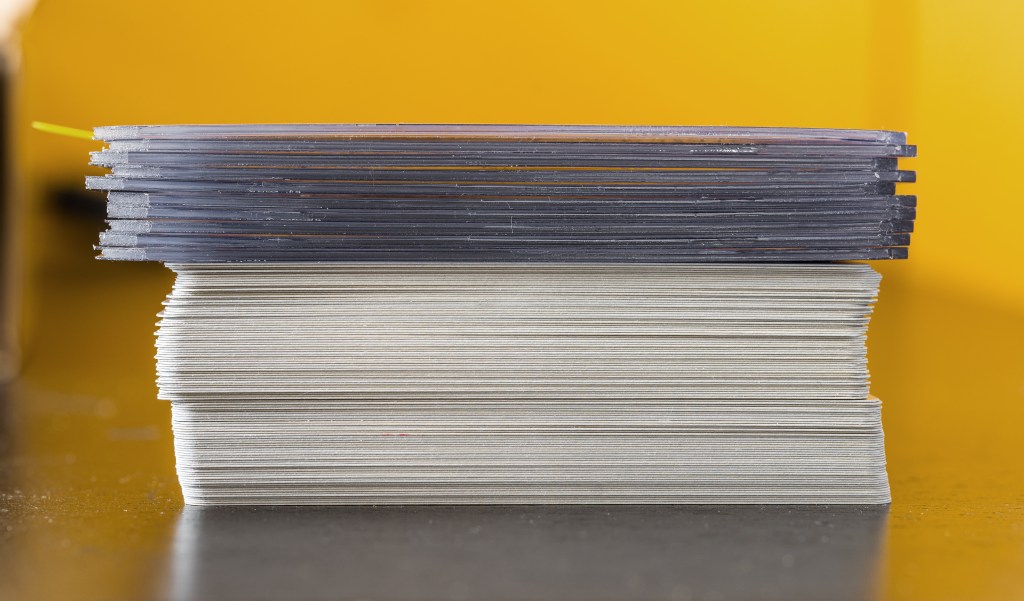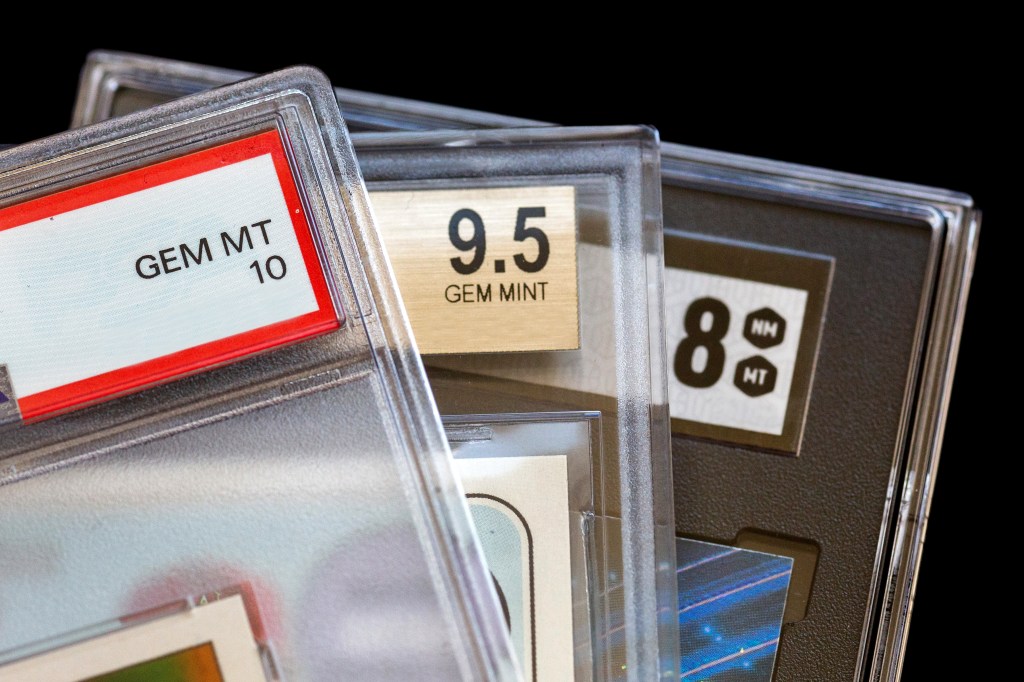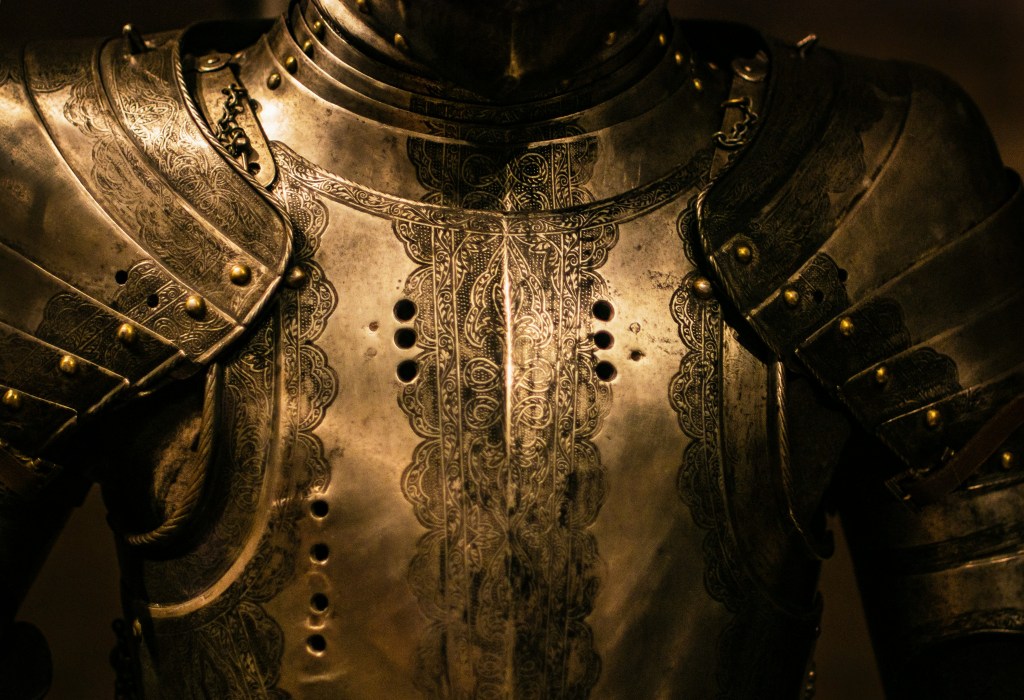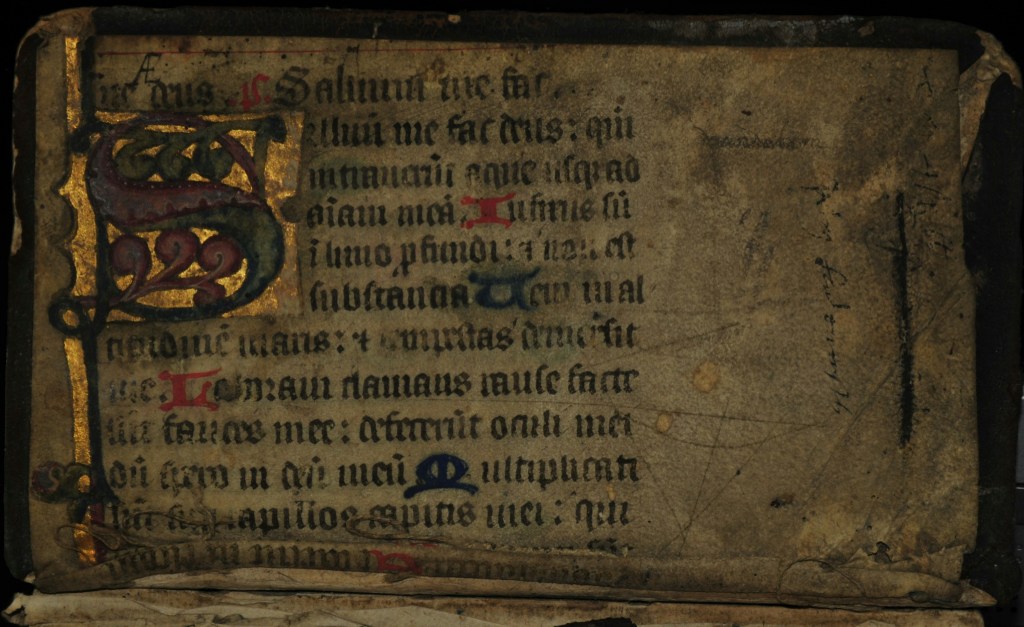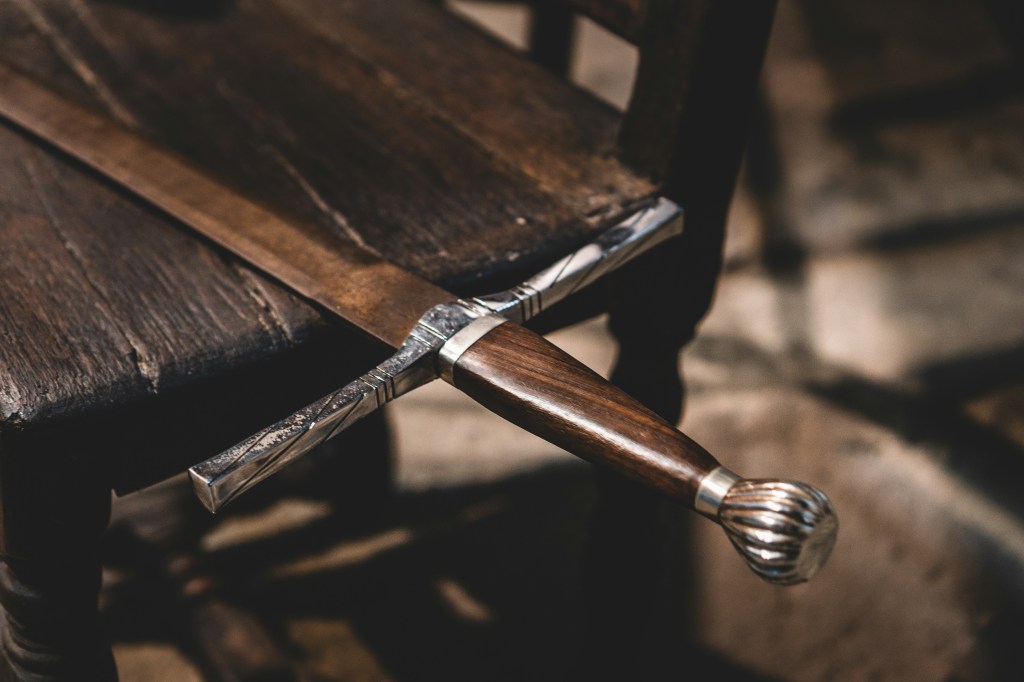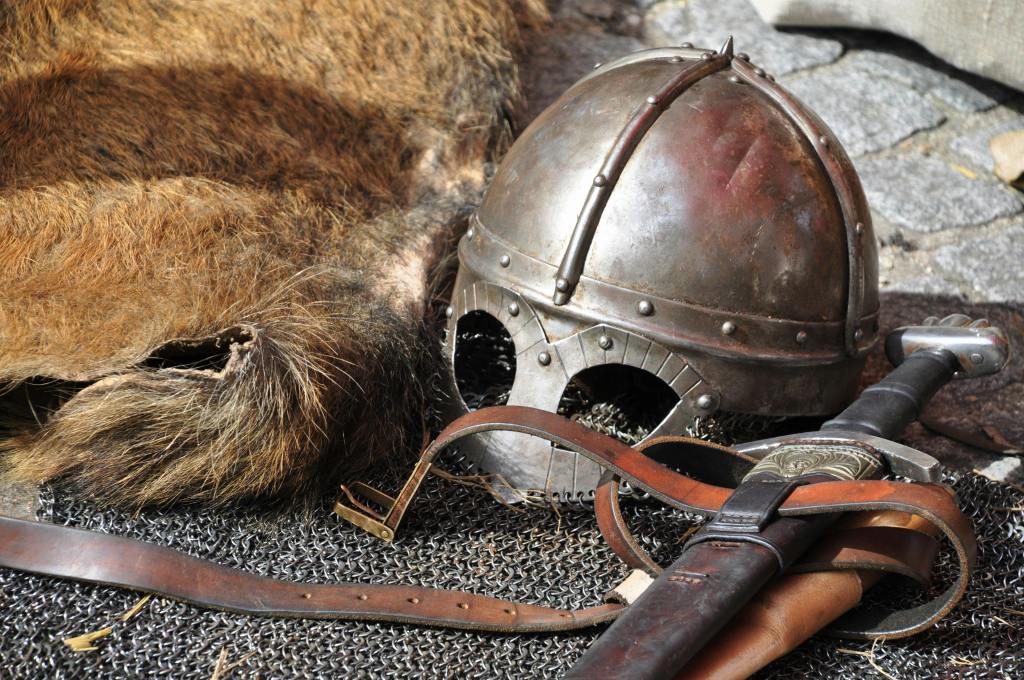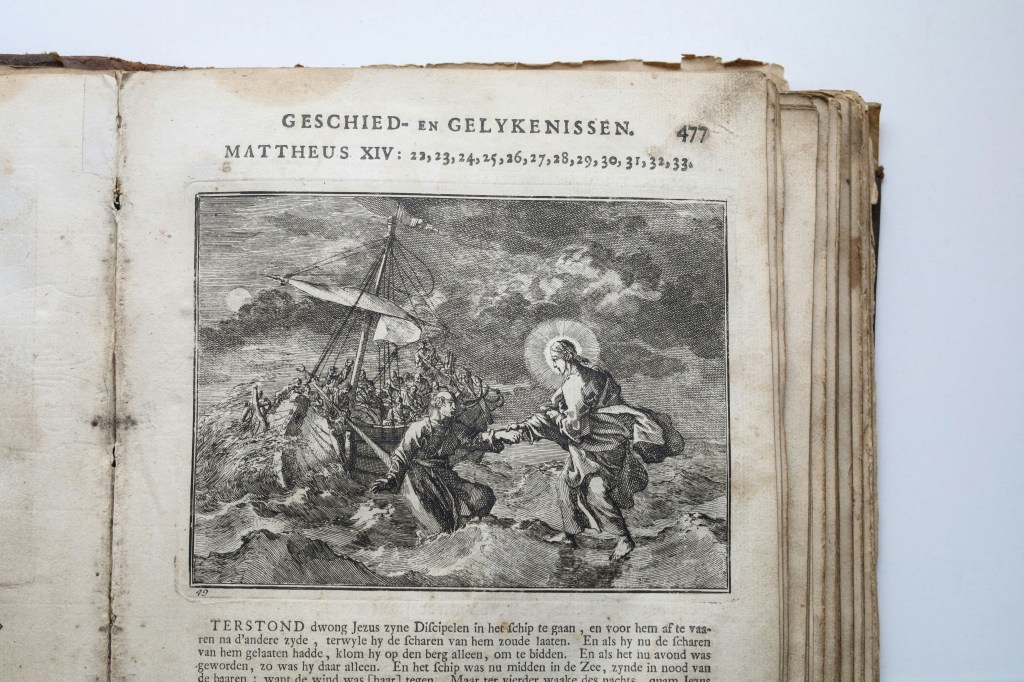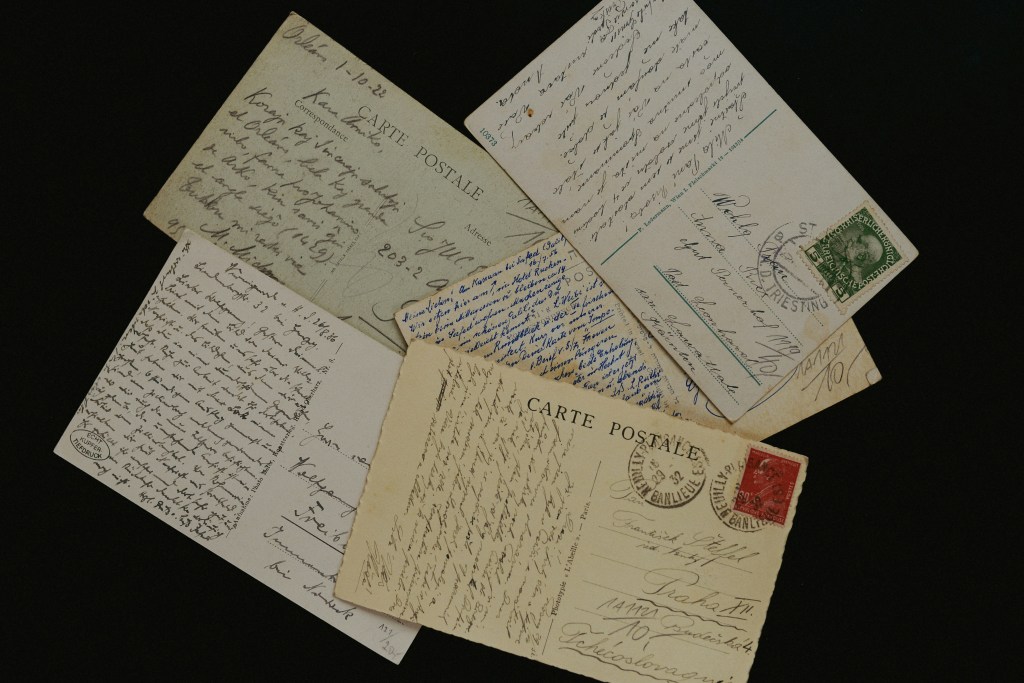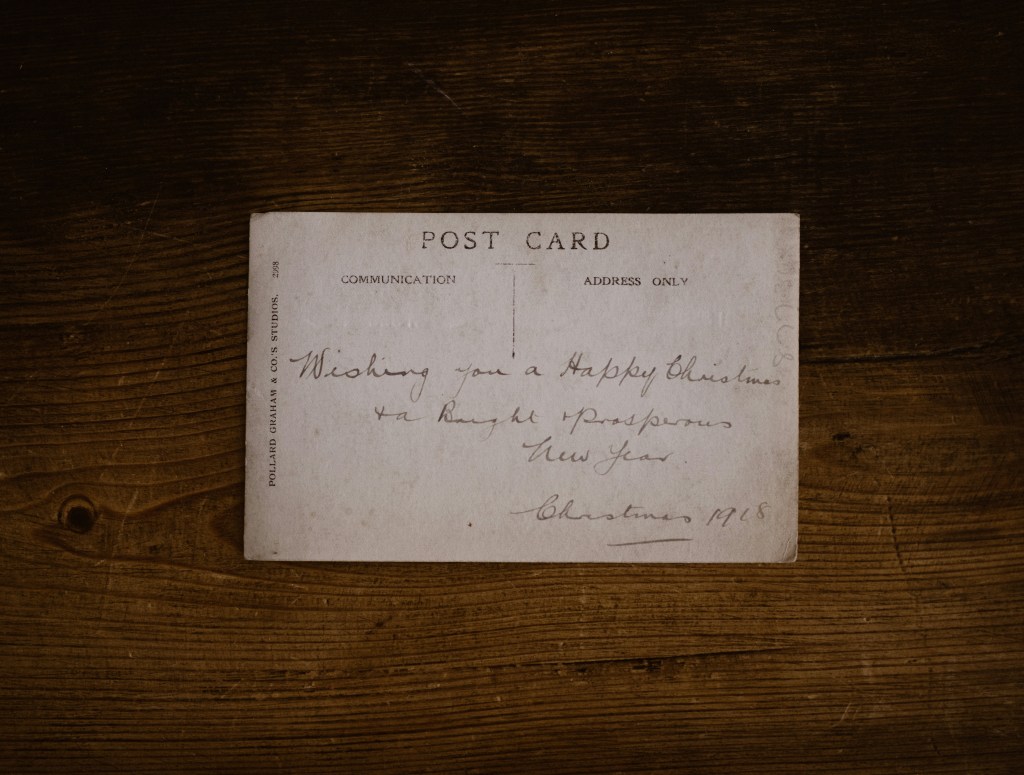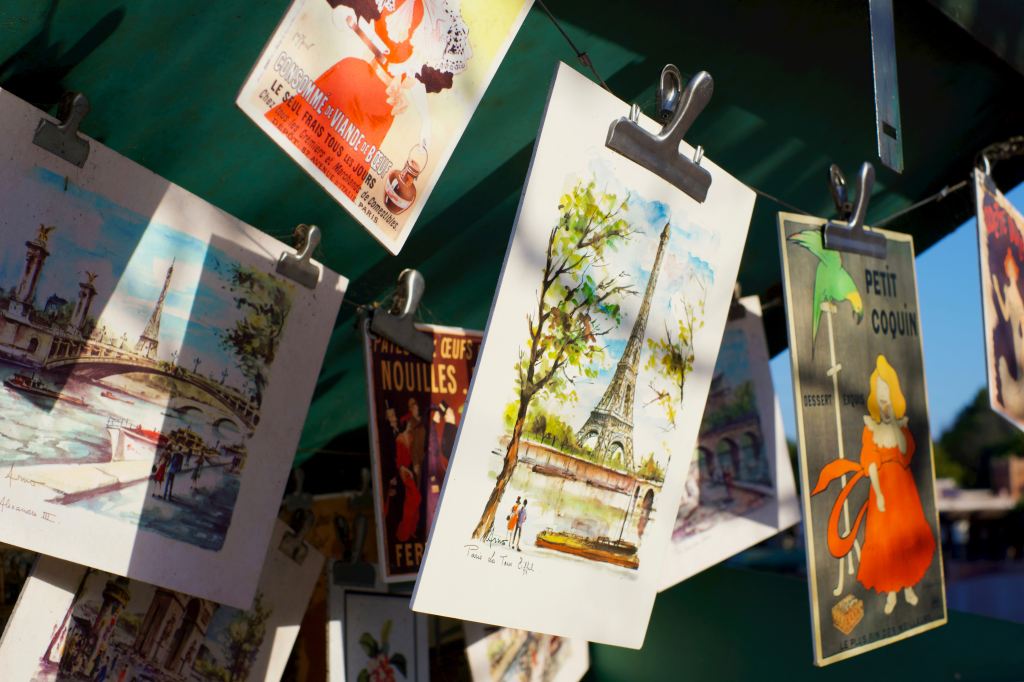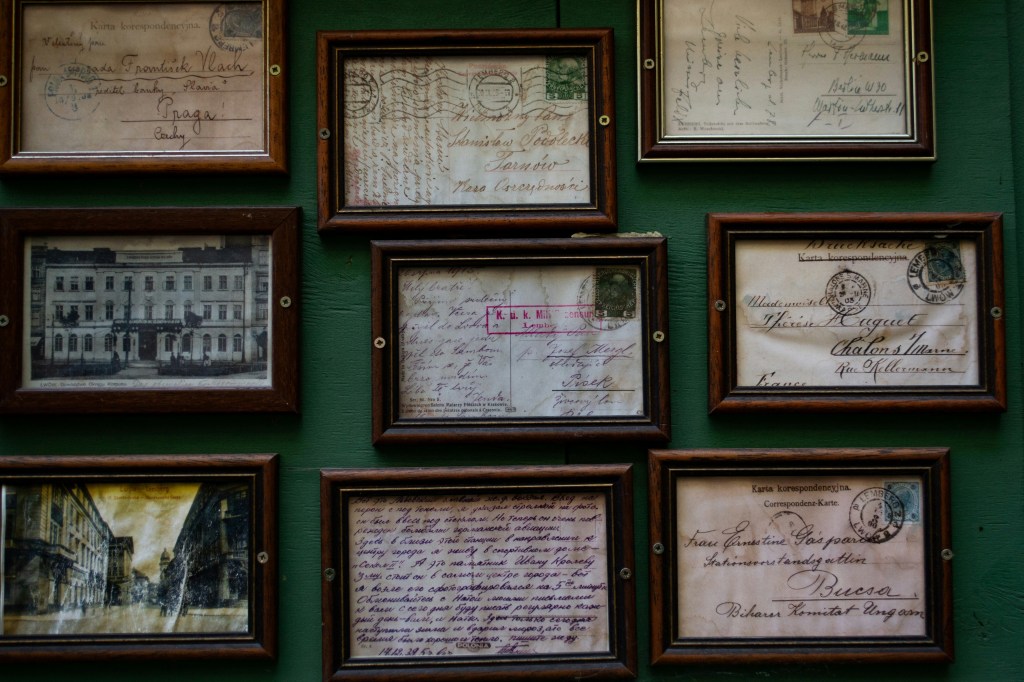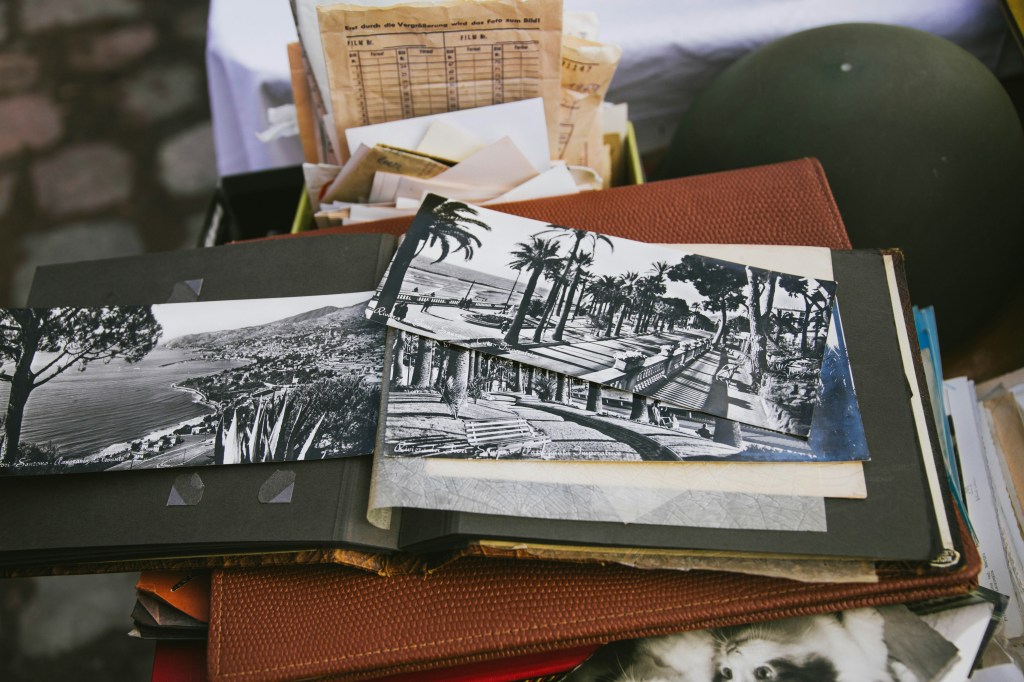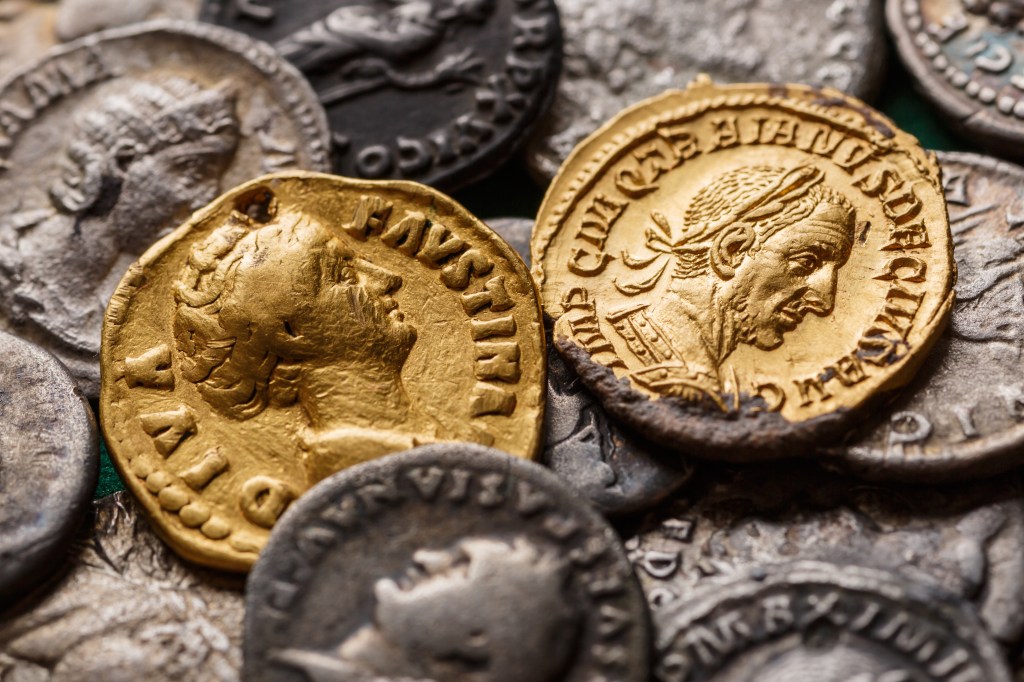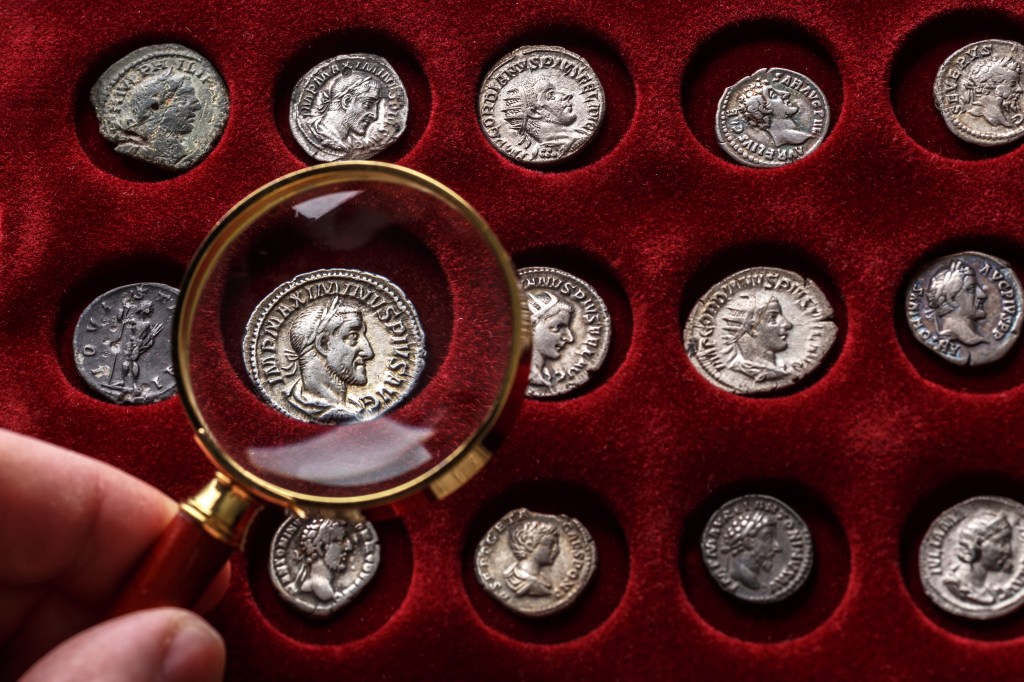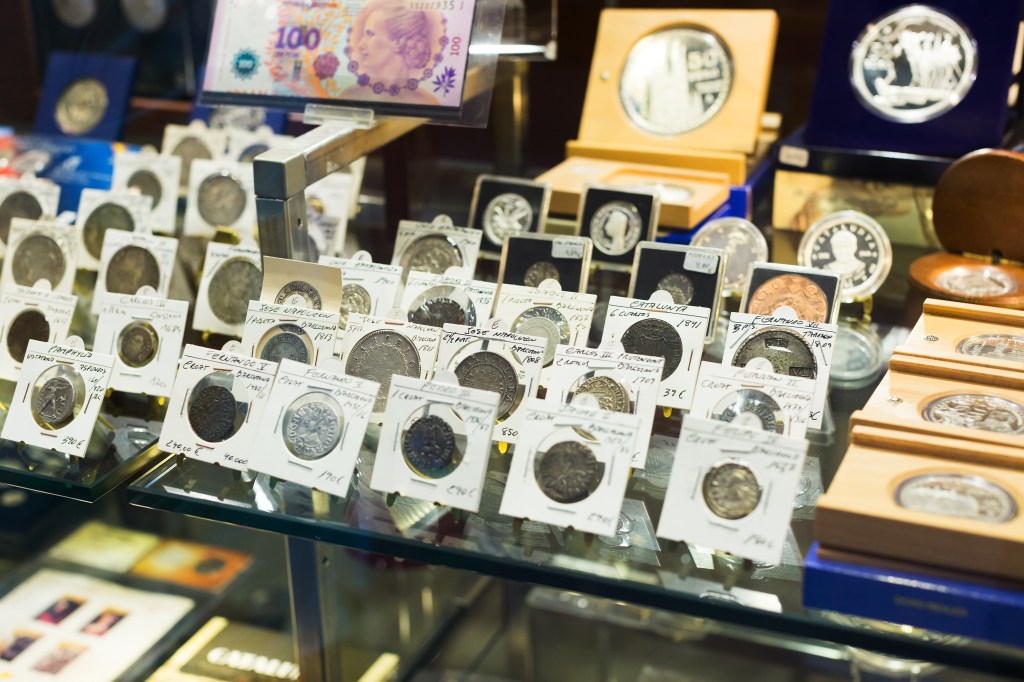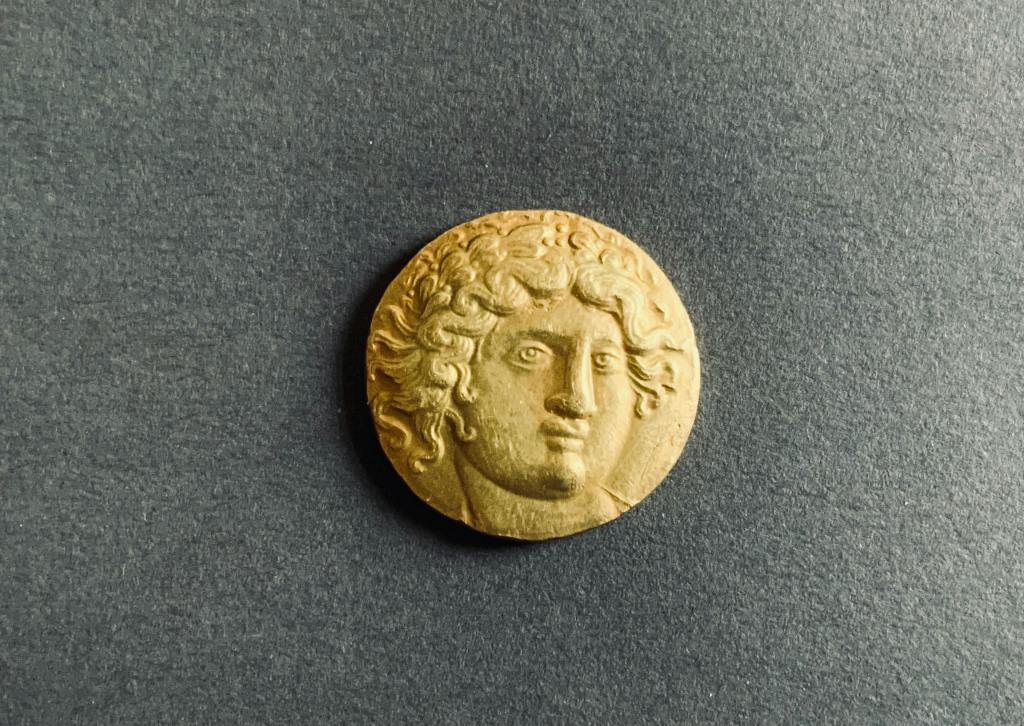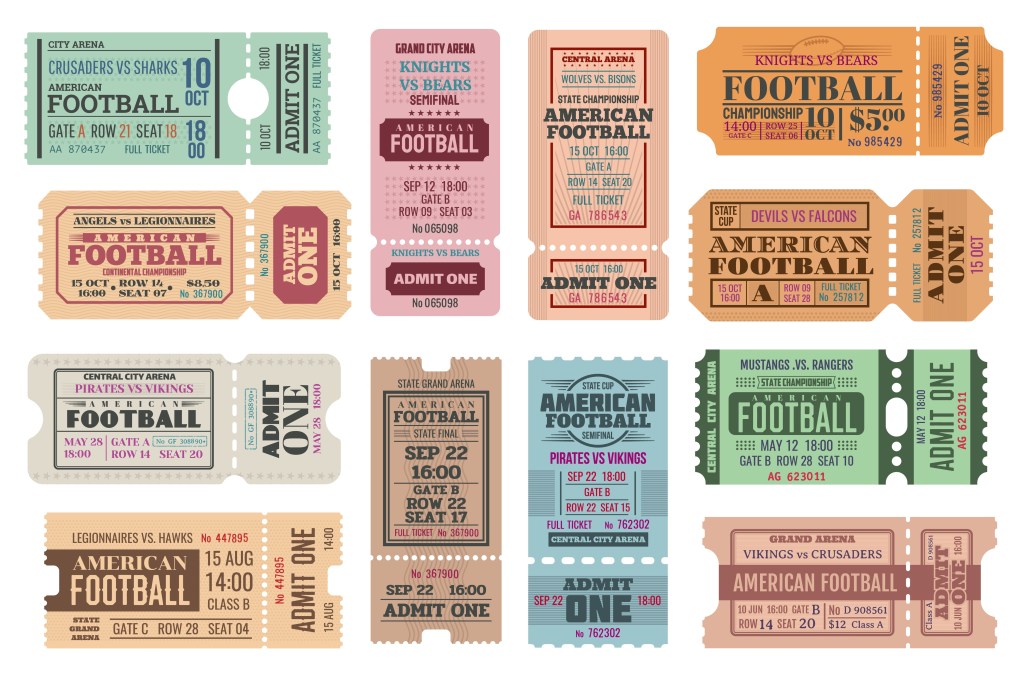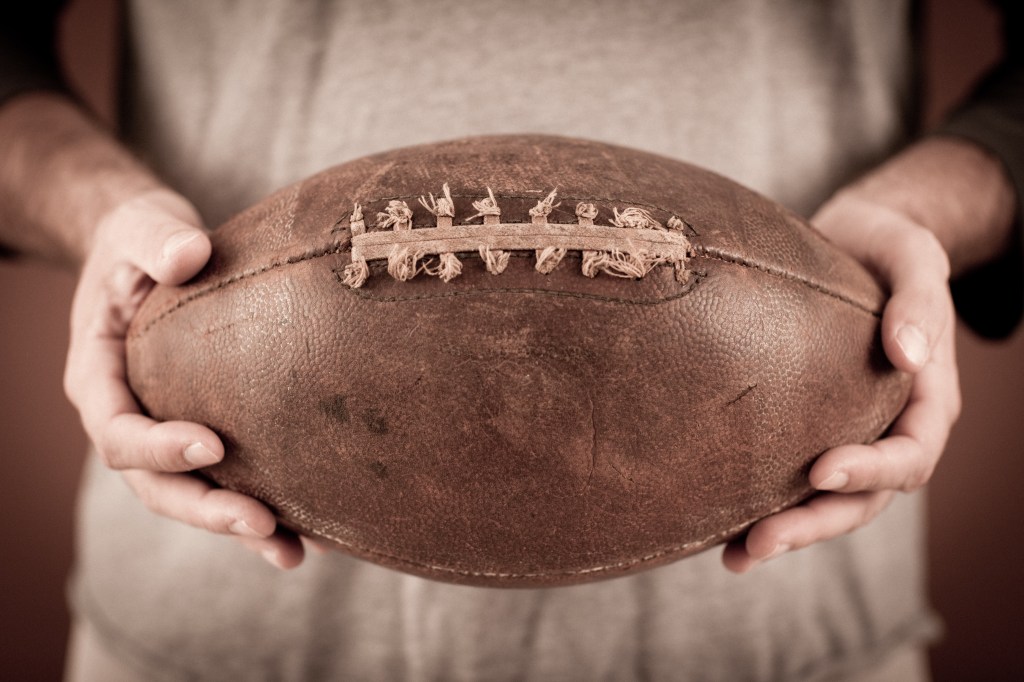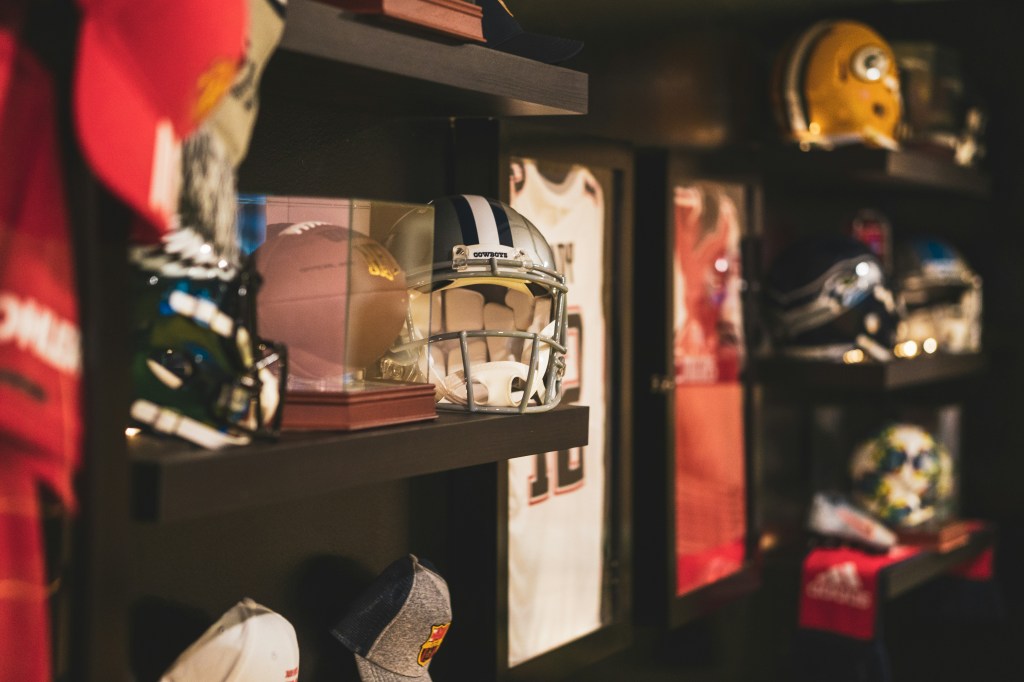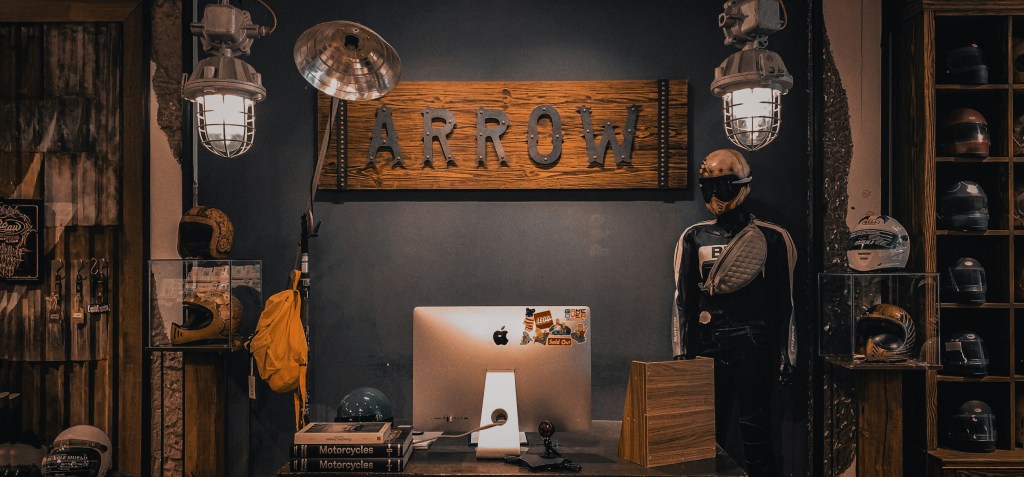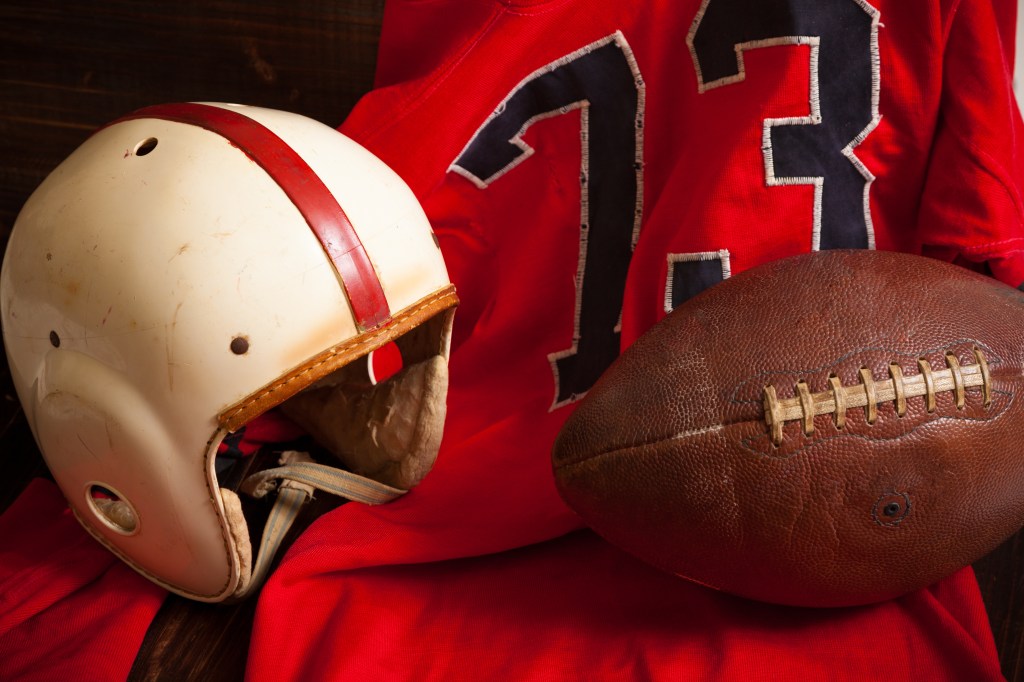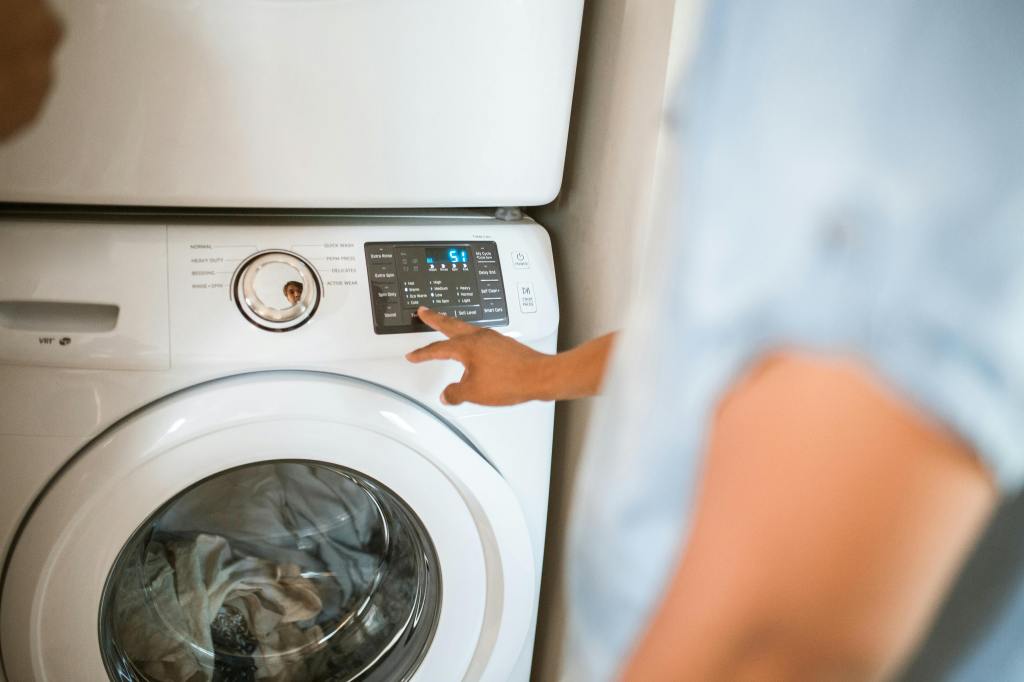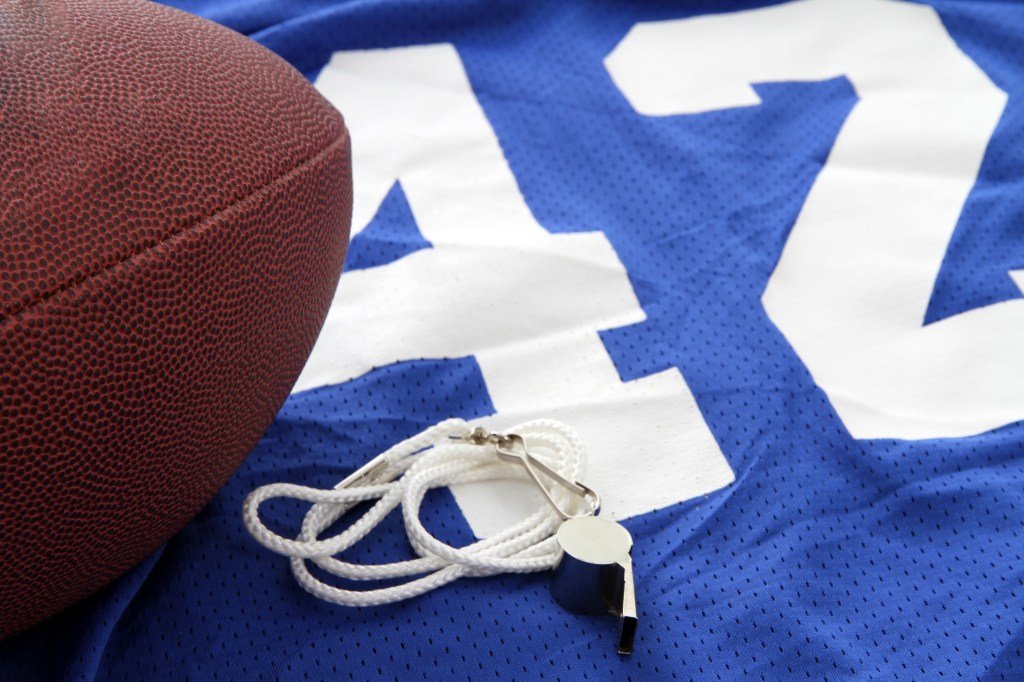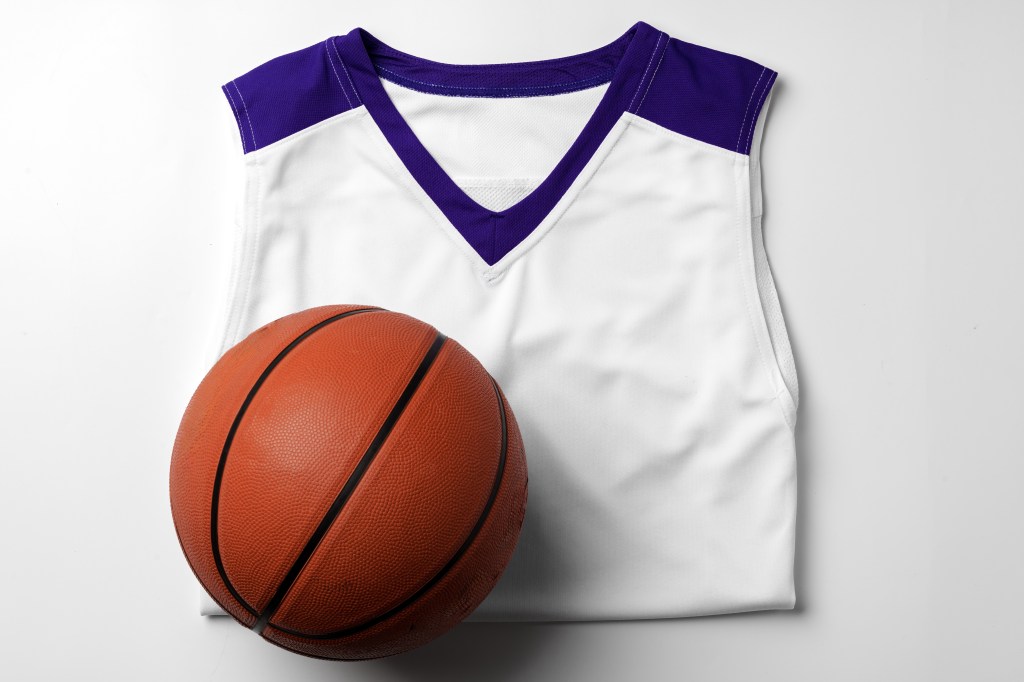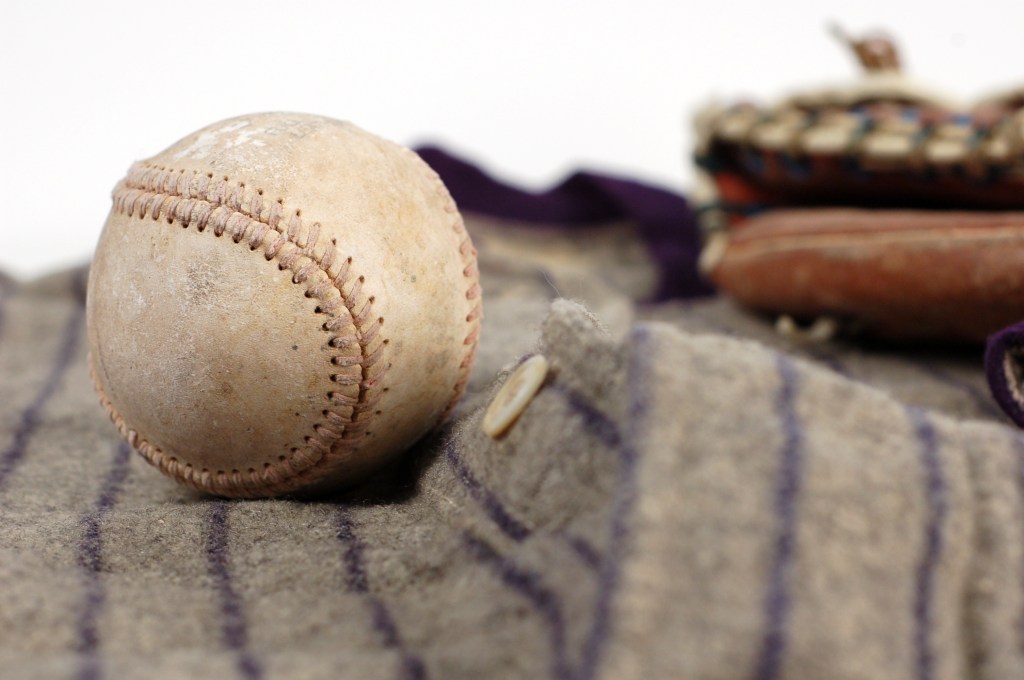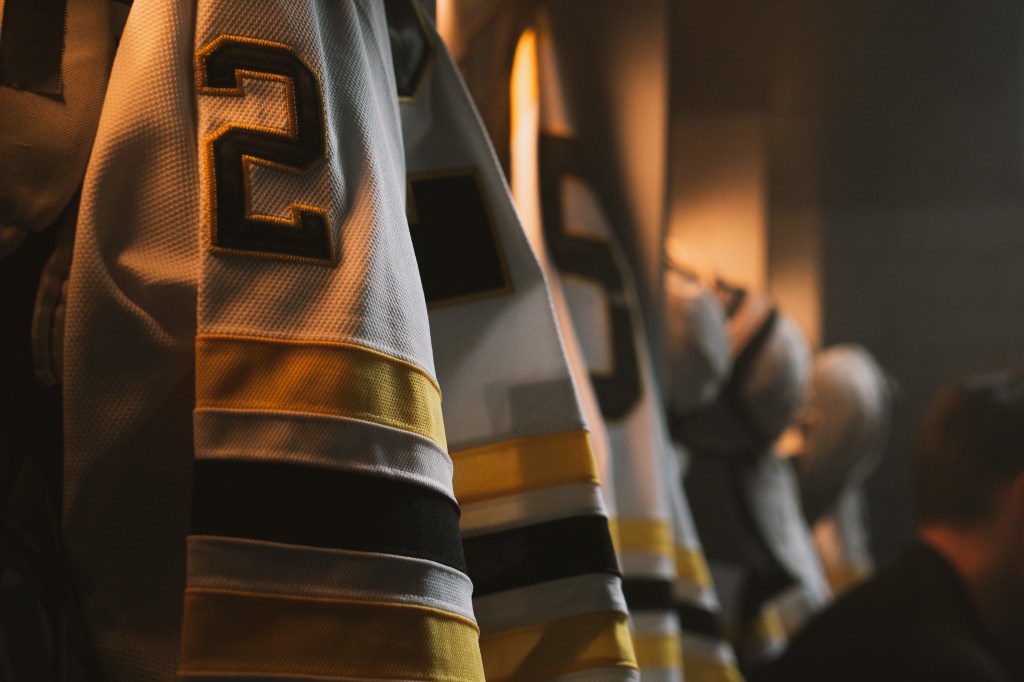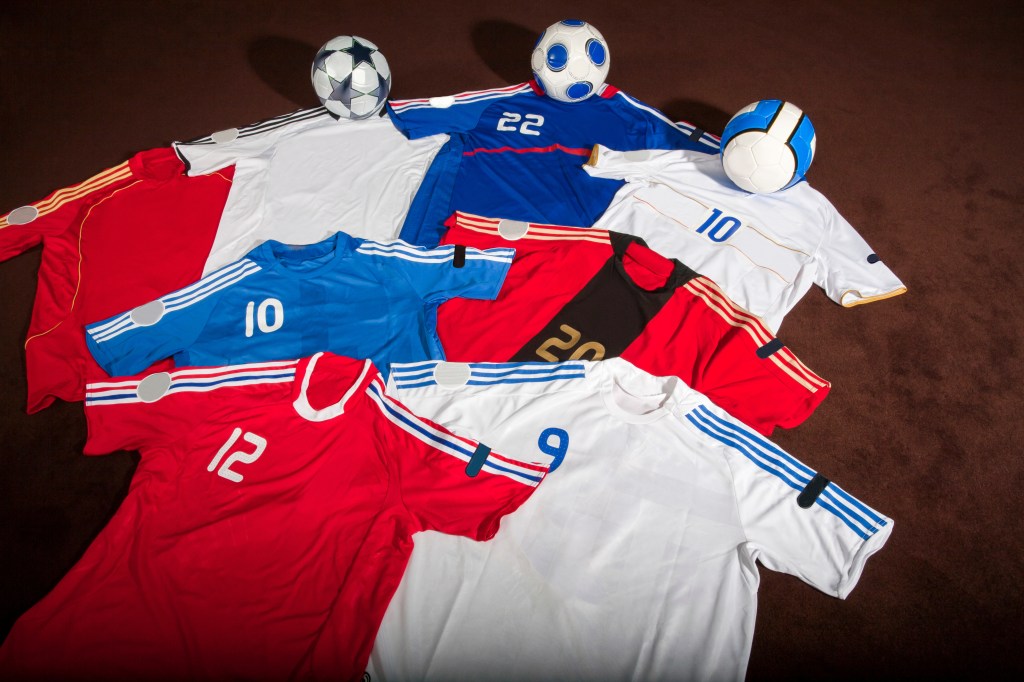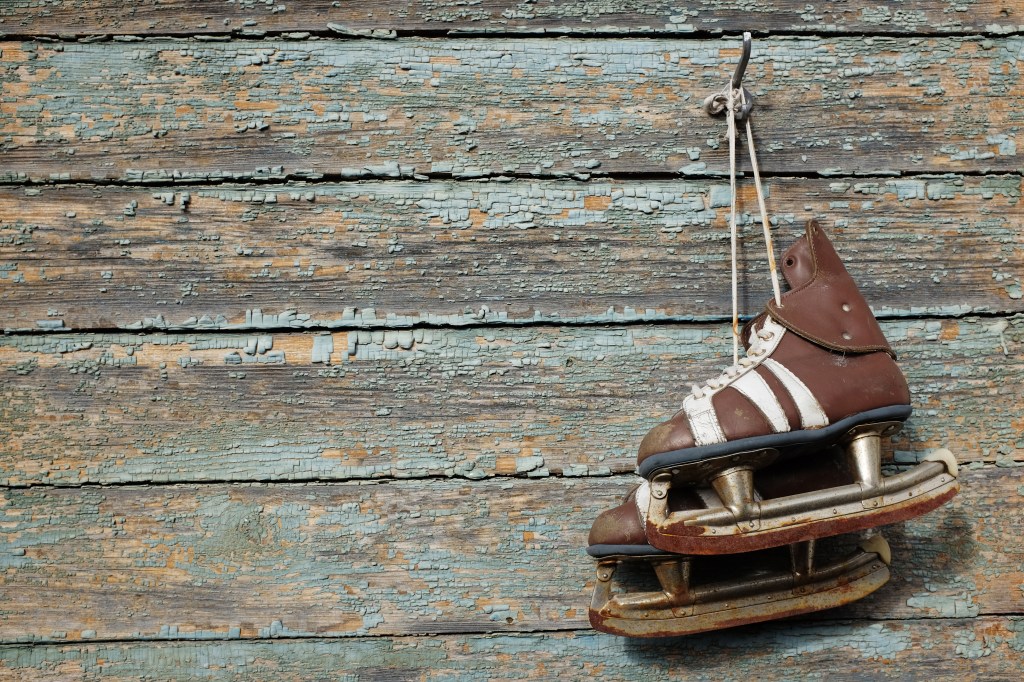Discover valuable tips for finding and collecting Simpsons treasures. Enhance your collection with our ultimate guide—read more to start your journey!
The Simpsons Collectibles: Why This Fandom Keeps Generating New Merch
In recent years, The Simpsons merchandise and collectibles have grown significantly, allowing fans to display their love for the iconic show and characters. With decades of content and a variety of beloved figures, collectors find themselves immersed in a vibrant landscape of memorabilia.
Whether you’re drawn to quirky novelty items or high-end collectibles, the options are endless. This diverse range allows fans to create personalized displays that reflect their favorite moments, memorable quotes, or specific locations from their cherished series. Let’s explore the exciting possibilities this world of themed collections has to offer!
Vintage Finds From the 1990s: Snack Promos, Plush, and Early Toys
The early popularity of the show ushered in a wave of merchandise that not only delighted fans but also served as nostalgic relics of the ’90s culture. From vibrant packaging styles to unique character designs, these promotional items, toys, and apparel encapsulate the essence of the era, making them coveted treasures for collectors today.
Snack promotions
The ’90s were a golden era for snack promotions. Featured Simpsons characters transformed the mass market appeal. Notable products, such as the Butterfinger Bart Bank and Butterfinger BBs, tapped into the whimsical spirit of the series. Collectors also fondly recall items like Bellywashers and Slurpee Straws.
Plush toys and dolls
Among the array of merchandise, the plush toys and dolls of the Simpsons characters stand out as key items that fans cherished. These soft, huggable representations of characters allowed fans of all ages to connect with the show on a personal level. The collection of plush toys not only served as playthings but also became beloved keepsakes that evoked fond memories of the characters’ adventures.
Apparel and promo items
Merchandising extended beyond toys into fashionable apparel, with items like the iconic “Family Bonding” t-shirt and The Simpsons letterman jacket, released in 1990. These clothing items became a way for Simpsons fans to express their love for the show. One standout collectible from this era is The Simpsons Data East Pinball Machine, released in 1990.

Action Figures Through the Years: From World of Springfield to Today
Figure lines have undergone significant transformation over the years, moving from character rosters that featured deep selections and episode-centric pieces to contemporary releases that prioritize sculpt detail and highlight fan-favorite moments. This evolution reflects the shifting preferences of collectors who now seek to recreate iconic scenes and moments from their favorite franchises.
Playmates Toy Lines
Playmates Toys introduced a unique line of interactive action figures from 1999 until 2004, known as the World of Springfield line. What set these figures apart was their integration of sound, featuring voice clip performances that included five memorable catchphrases. A standout example is Homer Simpson’s figure, voiced by the actual voice actor, which adds an authentic touch that appeals to fans.
KayBee Toys
In 2002, Playmates Toys collaborated with KB Toys to launch a special series based on the Bongo Comics storyline titled “When Bongos Collide.” This collection offered a creative twist, reimagining The Simpsons characters as superheroes. Notable figures from this line included Captain Kwik and Oldblood member Coma.
JAKKS and Company: Modern Releases That Spotlight Iconic Moments
Contemporary waves showcase signature looks, episode references, and character relationships. Updated articulation and paint apps bring staple characters to life, while selective drops focus on the most collectible moments fans cherish.
- JAKKS: In 2024, JAKKS launched a new line of Simpson collectibles, the first since Playmates Toys’ World of Springfield series. This release features a variety of options, including 1.5-inch figures, multipacks, premium figures, blind boxes, and plush toys. Their high quality and affordability make them perfect for display and collection.
- Other Releases: In addition to JAKKS figures, collectors can find various items, such as Funko Pop figures, known for their unique design and character variety. LEGO sets and mini figures let fans creatively engage with their favorite series. Bearbrick art toys offer a unique blend of art and collectibles, appealing to those who enjoy artistic interpretations of their favorite characters.
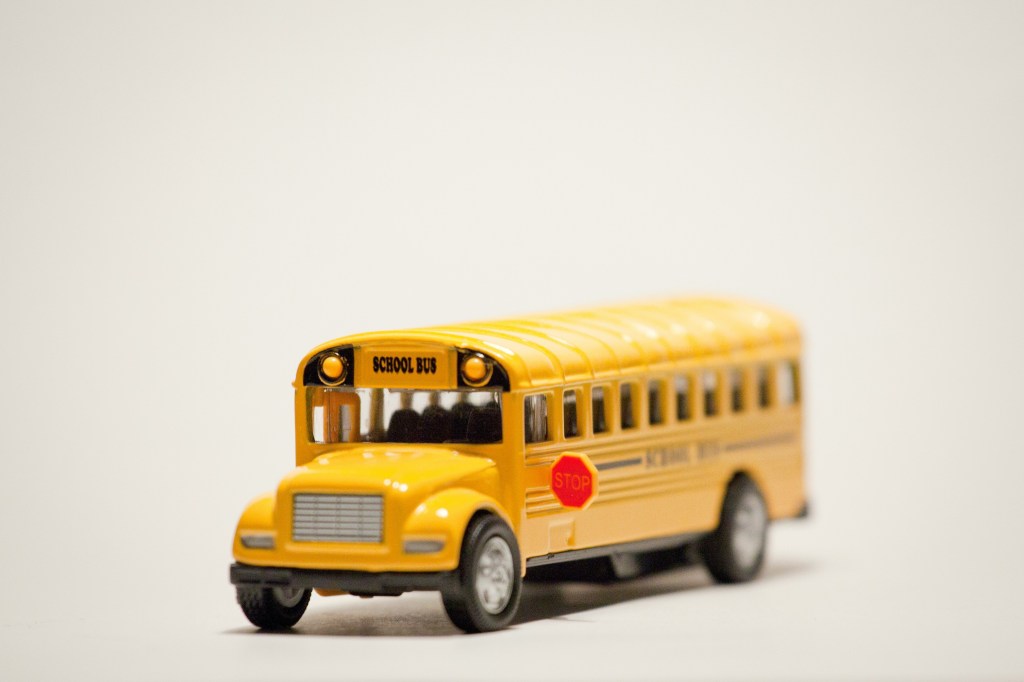
Treehouse of Horror: A Sub-Line With Cult Appeal
Halloween episodes have a special charm that delights fans of all ages, resulting in a variety of collectibles, including figures and miniatures. These items celebrate the season with horror parodies and unique designs, resulting in vibrant visuals perfect for year-round themed displays.
Treehouse of Horror
One of the standout examples of Halloween-themed collectibles comes from the iconic “Treehouse of Horror” episodes of The Simpsons. This series has generated a significant following and an array of collectibles that appeal to both nostalgic fans and newer audiences alike.
- Vintage Items: The charm of vintage collectibles, such as Playmates’ Treehouse of Horror figures, Burger King toys, and ReAction figures, is undeniable. Toys R Us exclusives are especially sought after, enhancing their value and appeal.
- Modern Items: Modern collectibles, such as Funko Pop figures, have surged in popularity, becoming staples in many collections. Advent calendars add a festive twist, while JAKKS figures and Kidrobot blind boxes offer unique designs and surprises.

Sideshow Bob, Duff Beer & Other Character-Driven Themes
The world of The Simpsons is rich in memorable villains, side characters, and themed merchandise that have become highly sought after by collectors. These elements create distinct avenues for fans to explore their passion, whether it be through iconic characters or memorabilia linked to specific episodes.
- Villains: One of the most appealing aspects of The Simpsons is its memorable villains, like Sideshow Bob and Mr. Burns. Sideshow Bob, known for his quirky style, is a favorite among collectors, while Mr. Burns embodies the classic greedy villain.
- Side Characters and Playsets: Beyond the main characters, side characters like Casual Skinner add depth and humor to the series. Collectors often seek out items related to these characters, including playsets like Flanders’ Rumpus Room, which allow fans to recreate memorable scenes from the show.
- Duff-Themed Merchandise: Duff Beer, the fictional drink from The Simpsons, has inspired a range of collectible merchandise. In the late 1990s, Lion Nathan, an Australian brewery, released an unofficial “Duff Beer,” which faced legal issues and was subsequently removed from stores, making it highly sought after by fans. In contrast, Universal Studios introduced official Duff Beer in 2013 with The Simpsons Ride, adding a legitimate collectible to the mix.
Comic-Con and Global Exclusives: Short Runs, Big Stories
Convention and international exclusives play a significant role in enhancing the appeal of a collection by adding elements of scarcity and provenance tied to specific events. These exclusive items often become sought-after treasures for collectors, creating a unique narrative that sets them apart from standard releases. The special circumstances surrounding their availability, such as limited production runs or specific event distributions, contribute to their allure.
Additionally, features such as distinctive packaging callouts, alternate paint schemes, or bonus accessories further distinguish these exclusive releases. This “you had to be there” narrative enhances the significance of each piece in a collection, transforming them from mere objects into cherished memories linked to shared experiences.

Beyond Figures: Home Goods, Games, and Everyday Fandom
Incorporating collectibles into everyday life can create a vibrant and personalized living space.
Mugs, kitchen accessories, puzzles, and party décor can transform screen moments into daily-use items, blending functionality with nostalgia. By combining functional pieces with display-only collectibles, you can maintain a collection that is both visually appealing and enjoyable, without the need for museum cases.

Authenticity and Condition: What to Check Before You Buy
The quality of a collectible item can significantly influence its value, particularly when determining the authenticity of original releases versus later reproductions.
Factors such as box quality, the presence of factory seals, and the completeness of accessories play critical roles in this distinction. For loose figures, clean paint lines and intact decals are essential for preserving their appeal, while boxed examples benefit from crisp corners and unfaded inks, which enhance their visual presence on a shelf.
Display Ideas That Pop: Color Palettes, Risers, and Shadow Boxes
Grouping collectibles by family, location, or episode can significantly enhance the clarity of your display. Organizing items from the Kwik-E-Mart, Duff, or Springfield Elementary into specific sections makes it easier to appreciate each piece and its context within the larger collection.
To add visual interest and depth to your display without overcrowding the limited space, consider using acrylic risers, neutral backdrops, and small shadow boxes. These elements offer a modern look while highlighting pins or mini-figures, making each item stand out.
Curating a Focused Collection: Episodes, Eras, and Sub-Themes
Narrowing down to a favorite season, a recurring gag, or a single location can help in keeping budgets in check while strengthening the storytelling aspect. Focusing on a specific theme enables a more cohesive narrative, providing the audience with a clearer understanding and a stronger connection to the material.
Over time, adding complementary pieces, such as a prop-style item alongside a matching figure, can help build coherent, high-impact displays. This approach enhances visual appeal and deepens engagement, allowing viewers to immerse themselves in the theme.

Caring for Your Collection: Light, Dust, and Packaging
Figures and boxes look best when kept out of direct sunlight, away from high heat, and free of dust. Exposure to these elements can cause fading and deterioration over time, diminishing their appearance and value.
To maintain their condition, it’s essential to establish simple routines. Soft-brush cleanings can effectively remove dust without damaging delicate surfaces. Additionally, using protective sleeves for carded items can shield them from dirt and wear. Careful storage of spare accessories is equally important. Organizing them to prevent tangling or scratching helps preserve their color and surface detail, keeping them in great condition for years.
Sources
https://candid-gull-gcz4gt.mystrikingly.com/blog/the-ultimate-guide-to-collecting-simpsons-merch-from-sideshow-bob-to-duff-beer
https://www.jakks.com/blogs/the-simpsons-toys/
https://www.latimes.com/archives/blogs/hero-complex-blog/story/2010-07-24/comic-con-2010-simpsons-collectibles-from-around-the-world
https://dinosaurdracula.com/blog/vintage-simpsons-stuff/
https://www.cartoontoi.com/blogs/blog-manga/simpson-gift
https://www.jakks.com/blogs/simpsons-merch-action-figures/
https://www.completeset.com/the-entertaining-history-of-the-simpsons-toys/
https://simpsons.fandom.com/wiki/World_of_Springfield
https://en.wikipedia.org/wiki/World_of_Springfield
https://simpsonsmerch.com/
https://www.mentalfloss.com/article/70101/9-rare-pieces-simpsons-memorabilia-sothebys-sam-simon-auction
https://jakkspacificsimpsons.fandom.com/wiki/Jakks_Pacific_Simpsons_Figure_Wiki
https://www.ebay.com/sch/i.html?_nkw=simpsons+treehouse+of+horror+figures&_sop=12&msockid=11238ce4804263691c269a4f818a62a6&_pgn=2
https://simpsons.fandom.com/wiki/Duff_Beer
